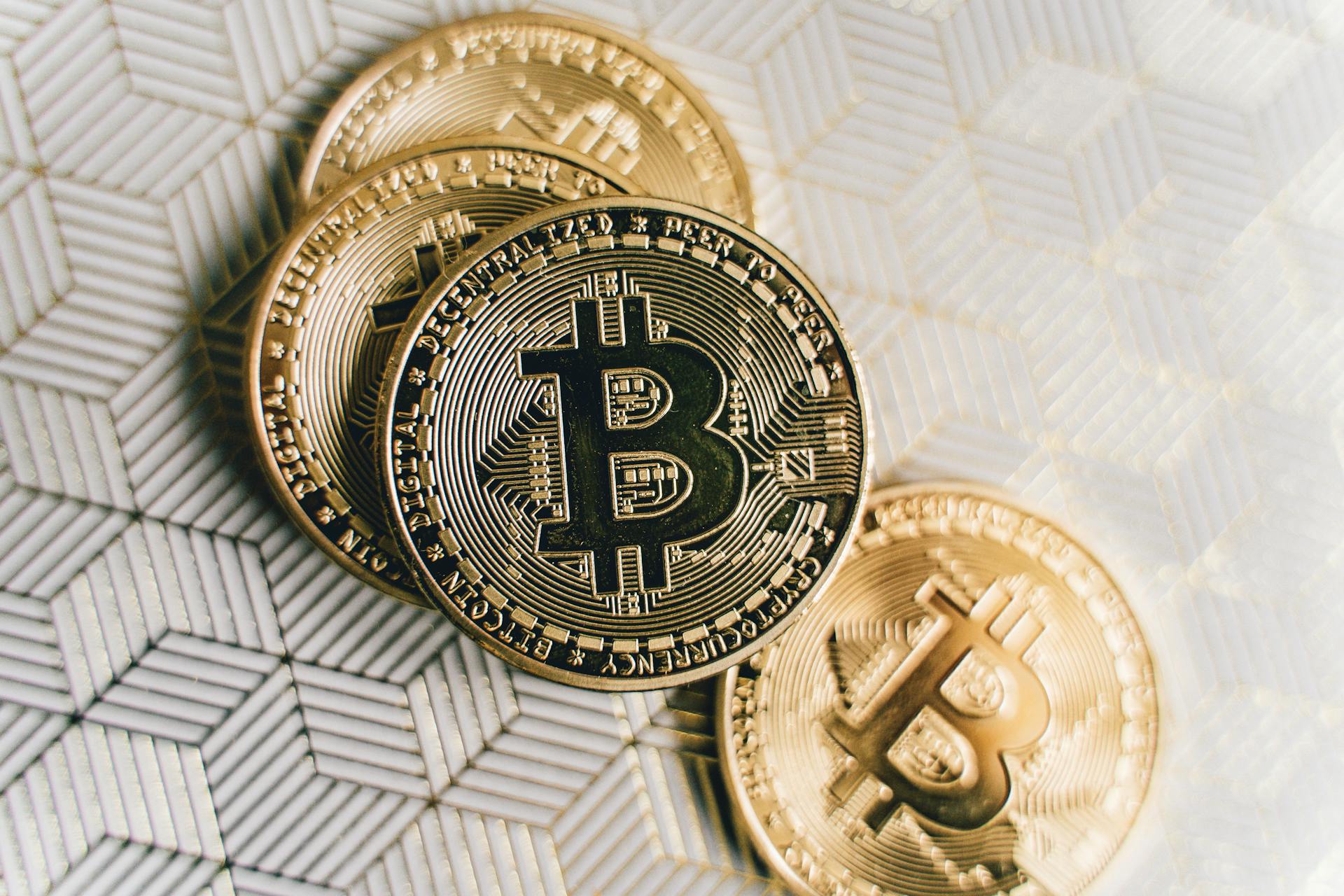Changing your IP address can be a helpful trick whether you’re trying to improve online privacy, access geo-restricted content, or troubleshoot network issues. IP addresses are unique numbers assigned to devices on the internet, and most of the time, users don’t need to worry about them. But when you do need to alter your IP, it can be done in several ways depending on your device. This guide covers how to change your IP address on iPhone, Android, Windows, Mac, and more.
Why Change Your IP Address?
- Online privacy: Hide your real IP to protect your identity.
- Bypass region restrictions: Access websites and content limited to certain countries.
- Solve connectivity issues: Some network problems can be resolved with a new IP.
How to Change IP Address on Different Devices
iPhone (iOS)
To change your IP address on an iPhone:
- Go to Settings > Wi-Fi.
- Tap the blue info icon (i) next to your connected Wi-Fi network.
- Scroll to Configure IP and switch to Manual.
- Enter a new IP address, Subnet Mask, and Router IP.
If you prefer a temporary approach, simply toggle Airplane Mode on and off to receive a new IP from your mobile carrier.
 iphone settings wifi menu
iphone settings wifi menu
Android
Steps may vary slightly by manufacturer and Android version:
- Open Settings > Network & Internet or Connections.
- Tap Wi-Fi.
- Tap and hold the network you’re connected to and choose Modify Network.
- Select Advanced options, then switch IP settings to Static.
- Manually input your desired IP address.
You can also toggle your mobile data connection off and on to attempt an automatic IP refresh.
Windows (10/11)
There are a few ways to change your IP on a Windows device:
- Using Command Prompt:
- Open Command Prompt as administrator.
- Type
ipconfig /releaseand press Enter. - Then type
ipconfig /renewand press Enter again.
- Manual Method:
- Go to Control Panel > Network and Sharing Center.
- Click Change adapter settings.
- Right-click your connection and choose Properties.
- Select Internet Protocol Version 4 (TCP/IPv4) and click Properties.
- Check Use the following IP address and enter your custom IP address.
 windows network settings ip address
windows network settings ip address
Mac (macOS)
To change your IP address on a Mac:
- Go to System Settings > Network.
- Select your connected network and click Details.
- Click the TCP/IP tab.
- Choose Manually from the ‘Configure IPv4’ dropdown.
- Enter a new IP address and subnet details.
Use a VPN or Proxy for a Quicker Change
If manually editing IP settings sounds intimidating, using a VPN (Virtual Private Network) or proxy is the easiest and safest way to change your public IP. A VPN encrypts your traffic and reroutes it through a remote server, masking your real IP with one from another location.
Frequently Asked Questions (FAQ)
- Q: Is it legal to change my IP address?
A: Yes, changing your IP is legal in most countries. However, using it to bypass content restrictions or commit fraud is not permitted. - Q: Will changing my IP address affect my internet speed?
A: It may. Especially when using a VPN, your speed can drop depending on the server and location. - Q: Does restarting my router change my IP address?
A: It can, but only if your ISP assigns dynamic IPs. This tactic won’t work if you have a static IP. - Q: What is the difference between a static and dynamic IP address?
A: A static IP doesn’t change and is permanently assigned, whereas a dynamic IP can change periodically and is assigned by the ISP from a pool of addresses. - Q: Can I change my IP address to one from another country?
A: Yes, using a VPN or proxy server lets you mask your IP with one from a different country.
Changing your IP address is easier than you might think with the right knowledge or tools. Whether it’s for privacy, access, or performance, understanding how and why to change your IP can give you better control over your digital life.
I’m Sophia, a front-end developer with a passion for JavaScript frameworks. I enjoy sharing tips and tricks for modern web development.
